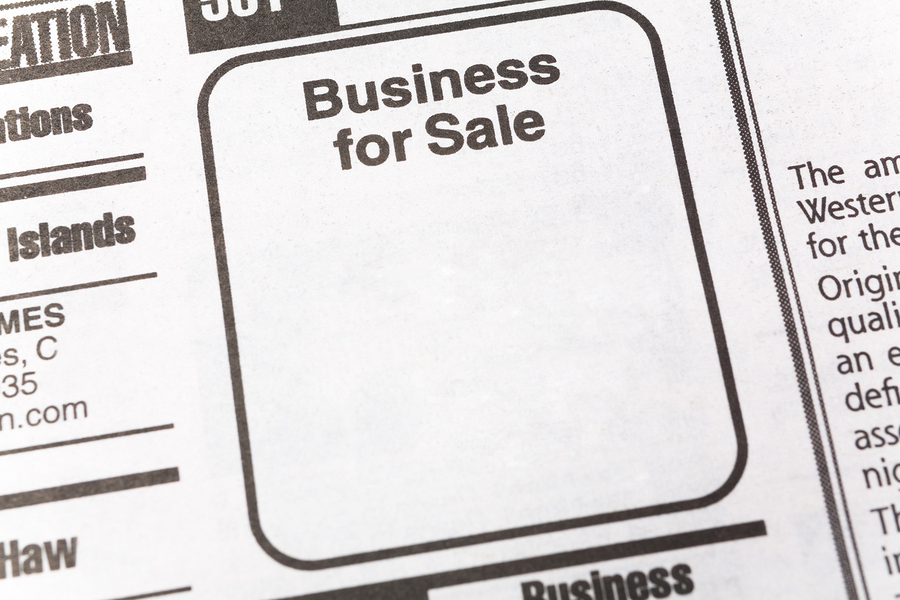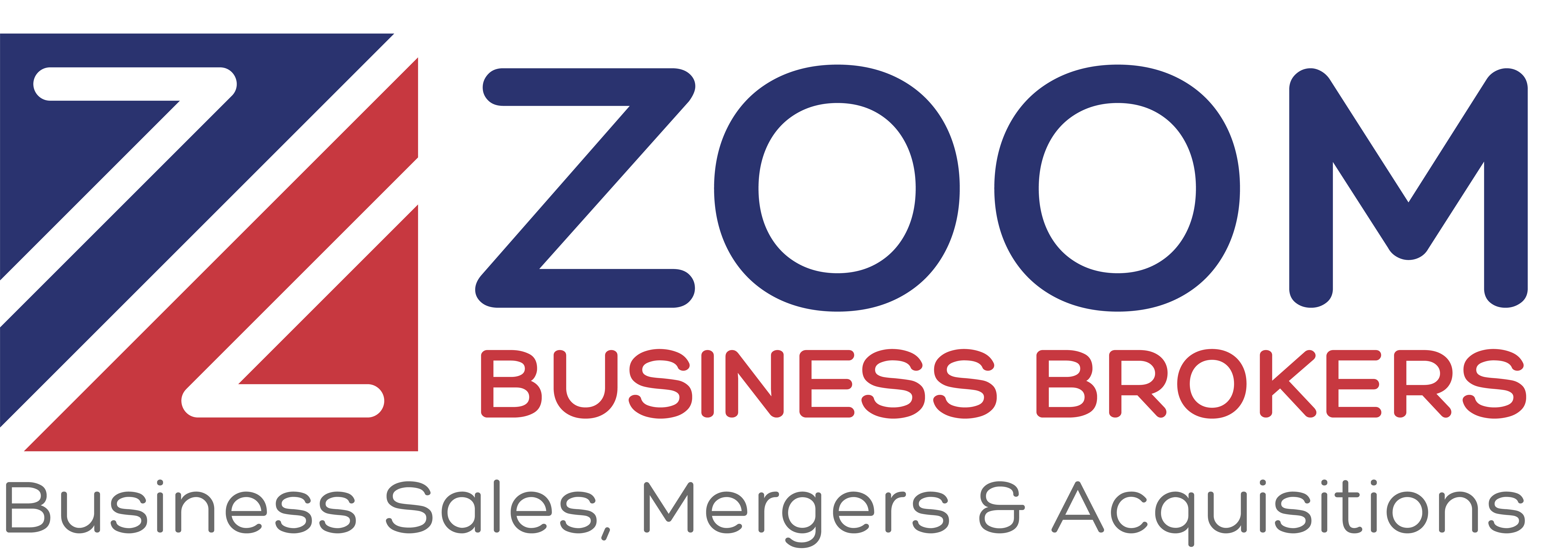
The Term Sheet
Buyers, sellers, intermediaries and advisors often mention the use of a term sheet prior to the creation of an actual purchase and sale agreement. However, very rarely do you ever hear this document explained. It sounds good but what is it specifically?
Very few books about the M&A process even mention term sheet. Russ Robb’s book Streetwise Selling Your Business defines term sheet as follows: “A term sheet merely states a price range with a basic structure of the deal and whether or not it includes the real estate.” Attorney and author Jean Sifleet offers this explanation: “A one page ‘term sheet’ or simply answering the questions: Who? What? Where? and How Much? helps focus the negotiations on what’s important to the parties. Lawyers, accountants and other advisors can then review the term sheet and discuss the issues.” She cautions, “Be wary of professional advisors who use lots of boilerplate documents, take extreme positions or use tactics that are adversarial. Strive always to keep the negotiations ‘win-win.’”
If the buyer and the seller have verbally agreed on the price and terms, then putting words on paper can be a good idea. This allows the parties to see what has been agreed on, at least verbally. This step can lead to the more formalized letter of intent based on the information contained in the term sheet. The term sheet allows the parties and their advisors to put something on paper that has been verbally discussed and tentatively agreed on prior to any documentation that requires signatures and legal review.
A term sheet is, in essence, a preliminary proposal containing the outline of the price, terms and any major considerations such as employment agreements, consulting agreements and covenants not to compete. It is a good first step to putting a deal together.
Gajus/Bigstock.com
Copyright: Business Brokerage Press, Inc.
Read More
What Makes Your Company Unique?
There are unique attributes of a company that make it more attractive to a possible acquirer and/or more valuable. Certainly, the numbers are important, but potential buyers will also look beyond them. Factors that make your company special or unique can often not only make the difference in a possible sale or merger, but also can dramatically increase value. Review the following to see if any of them apply to your company and if they are transferable to new ownership.
Brand name or identity
Do any of your products have a well recognizable name? It doesn’t have to be Kleenex or Coke, but a name that might be well known in a specific geographic region, or a name that is identified with a specific product. A product with a unique appearance, taste, or image is also a big plus. For example, Cape Cod Potato Chips have a unique regional identity, and also a distinctive taste. Both factors are big pluses when it comes time to sell.
Dominant market position
A company doesn’t have to be a Fortune 500 firm to have a dominant position in the market place. Being the major player in a niche market is a dominant position. Possible purchasers and acquirers, such as buy-out groups, look to the major players in a particular industry regardless of how small it is.
Customer lists
Newsletters and other publications have, over the years, built mailing lists and subscriber lists that create a unique loyalty base. Just as many personal services have created this base, a number of other factors have contributed to the building of it. The resulting loyalty may allow the company to charge a higher price for its product or service.
Intangible assets
A long and favorable lease (assuming it can be transferred to a new owner) can be a big plus for a retail business. A recognizable franchise name can also be a big plus. Other examples of intangible assets that can create value are: customer lists, proprietary software, an effective advertising program, etc.
Price Advantage
The ability to charge less for similar products is a unique factor. For example, Wal-Mart has built an empire on the ability to provide products at a very low price. Some companies do this by building alliances with designers or manufacturers. In some cases, these alliances develop into partnerships so that a lower price can be offered. Most companies are not in Wal-Mart’s category, but the same relationships can be built to create low costs and subsequent price advantages.
Difficulty of replication
A company that produces a product or service that cannot be easily replicated has an advantage over other firms. We all know that CPA and law firms have unique licensing attributes that prevent just anyone off of the street from creating competition. Some firms have government licensing or agreements that are granted on a very limited basis. Others provide tie-ins that limit others from competing. For example, a coffee company that provides free coffee makers with the use of their coffee.
Proprietary technology
Technology, trade secrets, specialized applications, confidentiality agreements protecting proprietary information – all of these can add up to add value to a company. These factors may not be copyrighted or patented, but if a chain of confidentiality is built – then these items can be unique to the company.
There are certainly other unique factors that give a company a special appeal to a prospective purchaser and, at the same time, increase value. Many business owners have to go beyond the numbers and take an objective look at the factors that make their company unique.
iqoncept/Bigstock.com
Copyright Business Brokerage Press, Inc.
Read More
Is This the Right Time to Sell?
“Whatever the reason, there should be something other than dollars that motivates you to explore a sale. After all, if it weren’t more valuable to own the business than to sell it, no one would ever buy it.”
Mike Sharp, M&A Today, November 2002
The owner of a successful company is considering selling, thinking now may be a good time. However, he is told by an outside advisor that business is good and that if he holds on to it for several more years he will get a much higher price. On the surface, this makes a lot of sense. After all, when an advisor tells the owner that if he keeps it for three more years the price will double, that’s a terrific incentive to keep plugging away. However, there is another side to what would appear to be sound advice.
The most dramatic downside would be that the business could go downhill rather than uphill as the advisor predicted. Although no one can predict what the economy will do, there are a couple of possible scenarios. The industry itself might be impacted by some new technology or other companies might enter the field. It is also possible that the owner, having considered selling, is just worn out and can’t or won’t maintain the zeal necessary to keep the business competitive. After all, after many years of running the business, the owner may be tired, “burnt out,” or just plain ready to slow down.
There are other areas to consider as well. For example, equipment may need upgrading or replacement, products or services may be aging and need revitalizing. Additional capital may be necessary to keep the company up-to-date and competitive. Leases may be expiring and long obligations required to renew them. In short, what originally looked like a good strategy to increase the selling price, has backfired. The costs of continuing to operate the business have increased dramatically, the owner has lost interest – and now the company is offered for sale.
The right time to sell may be when the company’s industry, product line or service is at or near the height, of its success. There comes a point when the business or its industry is peaking and everyone wants “in” – and that is the time to sell. There is the old story that the time to sell the buggy whip business was just before Ford started producing the Model-T. As they say, “timing is everything.”
The right time might be when the company is at the top of its game. Sales are robust and growing, the balance sheet is squeaky clean, and the employees are productive and happy. Another good time to sell is when there is a solid buyer who is seriously interested in purchasing the company, or perhaps, when a manager within the company is ready to take over in a buy-out of some form.
So, when is the right time to sell? Perhaps when the owner first decided it might be time. However, there is really no best time to sell. No one can tell the owner when it is the time to sell. Outside advisors are well intended, but no one knows when it is time except the owner. And, when it’s time – it’s time!
Copyright: www.bigstockphoto.com/devon

Tips on Avoiding the Dealbreakers
One of the most important steps is to hire the right advisors. This begins with the right professional business broker/ M&A specialist. The right attorney should be added to the team. The right one is an attorney who has been through the sales process many times – one who is a deal maker seeking solutions, not a deal breaker seeking “why not to” reasons. The accountants must be deal oriented, and if they are the firm’s outside advisor, they should be aware that they may not be retained by the buyer, and must still be willing to work in the best interest of putting the deal together.
Getting through due diligence
One of the three or four times a deal can fall apart is half-way into the due diligence phase, when the buyer finds something he or she did not expect. No one likes surprises, and they can’t all be anticipated. An experienced buyer will probably work his way through it, but a novice may walk away. Although sellers too often hope a potential problem doesn’t surface, it always does. Avoid the surprises by putting everything on the table even if it seems inconsequential. It’s much better to expose all the warts up front than to have them surface later.
Where is all the money going?
Prior to offering their business for sale, sellers should figure out what the net proceeds will be after paying off any debt not being assumed, current payables, closing costs and tax obligations. The middle of due diligence is no time for the seller to realize that the proceeds from the sale aren’t what he or she anticipated. On the buyer’s side, there are times when current sales and profits are suddenly going south. If the seller anticipates this happening, the buyer should be told up front the reason for the rapid decline. Otherwise, if it comes as a surprise to the buyer, it might cause some restructuring of the deal.
No chemistry between the buyer and the seller
If everything goes smoothly (a rare occurrence), the buyer and the seller don’t have to be good buddies. However, if problems or surprises develop, good chemistry can save the day. Sometimes a golf outing or a good dinner can bring the parties together. If both parties want the deal to work, having them get together socially – and privately – can, many times, overcome a stubborn legal or financial issue.
Obviously, not all deals work. However, the odds of the deal closing are greatly improved if both the buyer and the seller consider the areas discussed above. Surprises can work both ways, and the buyers too should place their cards on the table. However, when all else fails, it is the desire of both parties wanting the transaction to work that will ultimately close the deal!
Mistakes that Sellers Make
- Not being flexible in structuring the deal
- Not checking out the prospective buyer
- Not believing that time is of the essence
- Negotiating to win everything
- Nit-picking every item
- Not maintaining confidentiality – and failing to insist that the buyer proceed on a confidential basis
- Not retaining competent advisors
- Not meeting the buyer halfway
Copyright: bigstockphoto.com/digitalista

Do You Have an Exit Plan?
“Exit strategies may allow you to get out before the bottom falls out of your industry. Well-planned exits allow you to get a better price for your business.”
From: Selling Your Business by Russ Robb, published by Adams Media Corporation
Whether you plan to sell out in one year, five years, or never, you need an exit strategy. As the term suggests, an exit strategy is a plan for leaving your business, and every business should have one, if not two. The first is useful as a guide to a smooth exit from your business. The second is for emergencies that could come about due to poor health or partnership problems. You may never plan to sell, but you never know!
The first step in creating an exit plan is to develop what is basically an exit policy and procedure manual. It may end up being only on a few sheets of paper, but it should outline your thoughts on how to exit the business when the time comes. There are some important questions to wrestle with in creating a basic plan and procedures.
The plan should start with outlining the circumstances under which a sale or merger might occur, other than the obvious financial difficulties or other economic pressures. The reason for selling or merging might then be the obvious one – retirement – or another non-emergency situation. Competition issues might be a reason – or perhaps there is a merger under consideration to grow the company. No matter what the circumstance, an exit plan or procedure is something that should be developed even if a reason is not immediately on the horizon.
Next, any existing agreements with other partners or shareholders that could influence any exit plans should be reviewed. If there are partners or shareholders, there should be buy-sell agreements in place. If not, these should be prepared. Any subsequent acquisition of the company will most likely be for the entire business. Everyone involved in the decision to sell, legally or otherwise, should be involved in the exit procedures. This group can then determine under what circumstances the company might be offered for sale.
The next step to consider is which, if any, of the partners, shareholders or key managers will play an actual part in any exit strategy and who will handle what. A legal advisor can be called upon to answer any of the legal issues, and the company’s financial officer or outside accounting firm can develop and resolve any financial issues. Obviously, no one can predict the future, but basic legal and accounting “what-ifs” can be anticipated and answered in advance.
A similar issue to consider is who will be responsible for representing the company in negotiations. It is generally best if one key manager or owner represents the company in the sale process and is accountable for the execution of the procedures in place in the exit plan. This might also be a good time to talk to an M&A intermediary firm for advice about the process itself. Your M&A advisor can provide samples of the documents that will most likely be executed as part of the sale process; e.g., confidentiality agreements, term sheets, letters of intent, and typical closing documents. The M&A advisor can also answer questions relating to fees and charges.
One of the most important tasks is determining how to value the company. Certainly, an appraisal done today will not reflect the value of the company in the future. However, a plan of how the company will be valued for sale purposes should be outlined. For example, tax implications can be considered: Who should do the valuation? Are any synergistic benefits outlined that might impact the value? How would a potential buyer look at the value of the company?
An integral part of the plan is to address the due diligence issues that will be a critical part of any sale. The time to address the due diligence process and possible contentious issues is before a sale plan is formalized. The best way to address the potential “skeletons in the closet” is to shake them at this point and resolve the problems. What are the key problems or issues that could cause concern to a potential acquirer? Are agreements with large customers and suppliers in writing? Are there contracts with key employees? Are the leases, if any, on equipment and real estate current and long enough to meet an acquirer’s requirements?
The time to address selling the company is now. Creating the basic procedures that will be followed makes good business sense and, although they may not be put into action for a long time, they should be in place and updated periodically.
Copyright: ra2studio/bigstock.com
Read More